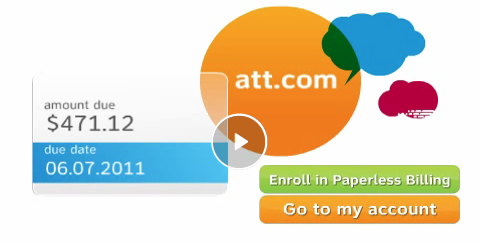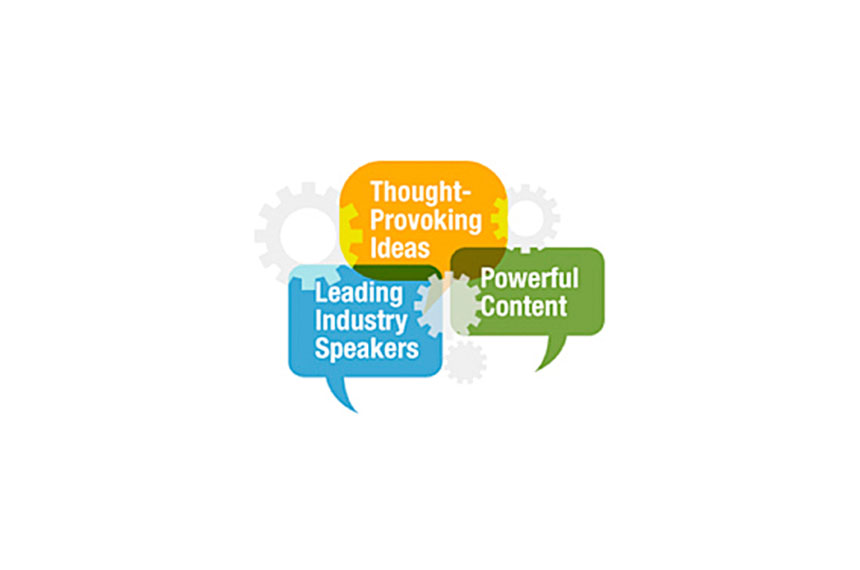I just returned from two days at the Forrester Customer Experience Forum where leading industry speakers shared thought-provoking ideas and powerful content. Simply put, this event helped solidify my view of the future where the customer is at the center of competitive strategy for the leaders in every industry. In fact, Harley Manning of Forrester shared a graph that compared 5-year total return of customer experience leaders (up 22%) to customer experience laggards (down 46%) to the S&P 500 (down 1%). Clearly, companies adopting a customer-centric strategy are already proving that we are in the “Age of the Customer.”
Forrester shared the below infographic that shows how we moved through the Manufacturing Age, Distribution Age and the Information Age. The current state we’re in – the “Age of the Customer” – is going to be transformative to every company in every industry, and the companies that are proactive in changing how they engage the customer will be the winners.
The keynote sessions and breakouts all had a common theme associated with transforming a business by placing the customer at the center, and designing the business around how to optimize the customer experience at every touch point of the business. The challenge for many companies is having the insights into the customer experience across every channel versus optimizing within a single channel.
Here are a few key statements that stuck with me from the sessions:
- Phil Bienert at AT&T discussed how AT&T is focused on building an
effortless customer experience in an online world.

The key theme was that customers are ever more mobile and the mobile device has set a new expectation for ease of use and customer experience; “everything should be one swipe away.” Phil shared the strategy and approach for how AT&T is starting all new development with a view for how to deliver the experience on a mobile device (start simple based on device) and then scale to the other channels with a goal of a true omnichannel experience. He also shared innovations AT&T is pursuing around personalized customer engagement. I was very happy to hear him introduce the work they are doing with SundaySky’s SmartVideo for consumer billing.
- Kevin Peters, Office Depot President said, “We need our customers more than they need us.” Office Depot started with a fundamental question in support of its transformation: “What brings you to Office Depot today?” By focusing on customer needs, Office Depot is working to deliver a personalized experience to each customer and new branding around “Depot Time,” since time savings is one of the key requirements of their small business customers.

- Richard Char of Citi shared the strategy that they are adopting to leverage big data to gather a combination of credit card spend information, smart phone location and activity information to initiate 1-to-1 localized marketing via mobile for customers who opt-in. The marketing goes beyond personalization (what you know about the person) to contextualization (adds current behavior to past history), which means highly relevant 1-to-1 marketing in real-time.
- Trays O’Reilly from Rogers Communications in Toronto shared a great case study on how Rogers introduced a Hot House approach to rolling out customer transformation programs in test areas, then scaling it across the country. They started by designing five end-to-end customer journeys, identifying five key behaviors, and introduced 42 new capabilities to impact the customer across the journeys. In each case, the capabilities placed the customer at the center of the process and optimized every customer touch point on the journey.








![The SaaS Pulse Show [Podcast] featuring SundaySky CEO Marc Zionts](https://sundaysky.com/wp-content/uploads/2025/01/SaaS-Pulse-Show-png.webp)
![B2B Marketers on a Mission [Podcast]: How Video Uplevels Every Part of the Customer Journey](https://sundaysky.com/wp-content/uploads/2025/01/B2B-Marketers-on-a-Mission-png.webp)